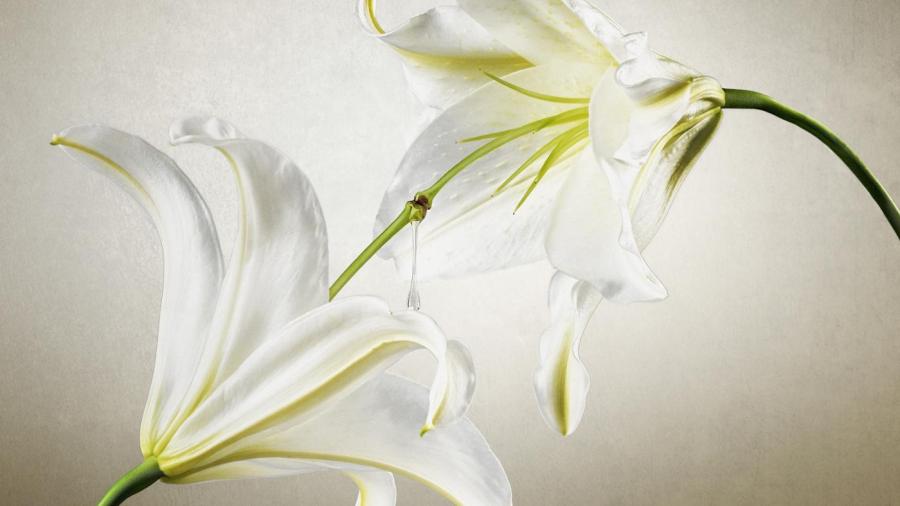What Are the Male and Female Parts of a Plant?

The female part of the plant is the pistil, and the male part of the plant is the stamen. The pistil includes the ovary, the style and the stigma. The stamen consists of the anther and a filament. Pollen consists of male reproductive cells.
Flowers are the reproductive structures of flowering plants. The pistil is bowling-pin shaped and found in the center of the flower. The stigma receives the pollen, the style is connective tissues between the stigma and ovary. Anthers produce pollen and filaments are stalks that support the anthers. Petals contain perfume and nectar glands, and they are usually colorful structures that make up the flower. The sepals are leaf-like structures that provide enclosure for the flower buds. The number of sepals and petals is used to identify plants. Dicot plants have sepals and petals in multiples of four or five. Monocots have sepals and petals in multiples of three.
There are many different ways the flower of a plant is arranged on a stem. Solitary is used to describe one flower per stem. Cyme is used to describe a flat or convex flower with the inner floret opening first. Corymb is used to describe stemlets arranged along the main stem, and outer florets having longer pedicals than the inner florets. Catkin is used to describe a spike with only pistillate or staminate flowers. Raceme is used to describe a modification of a spike with flowers attached to a main stem by stemlets. Spike is used to describe flowers attached to a main stem without stemlets.





